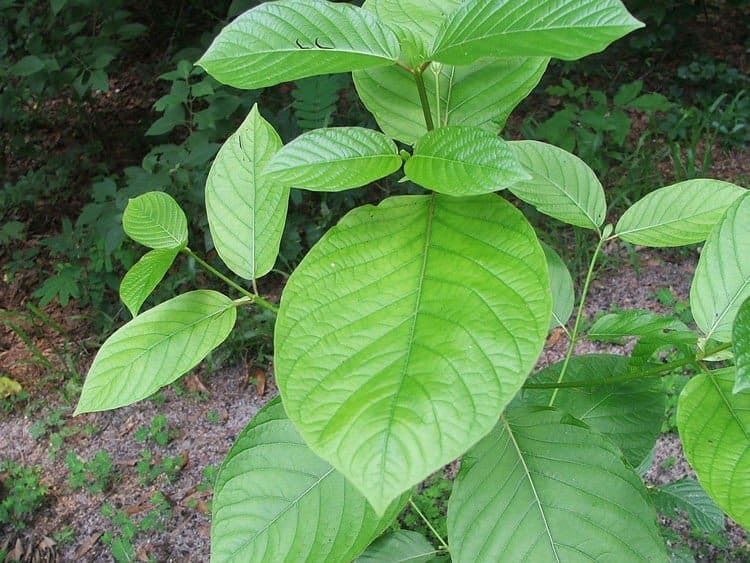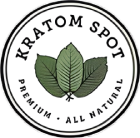
Mitragyna speciosa is a tropical evergreen tree that’s part of the coffee family –– you may know it as the kratom tree. While it’s a relatively new phenomenon in the Western world, the kratom tree’s leaf has been enjoyed by people in Southeastern Asia for centuries.
The substance derived from a dried or cured Mitragyna speciosa leaf powder has become popular because it can be swallowed in a capsule, brewed into a tea, mixed into a smoothie, or simply swallowed with your beverage of choice. There aren’t many plants like kratom.
If you’ve ever wondered about the mysterious kratom plant, this comprehensive guide should answer all of your questions. Of course, if it sounds interesting to you, purchase the highest quality kratom on the market at Kratom Spot.
About the Mitragyna Speciosa Plant
The Mitragyna speciosa tree, or kratom tree, is a tropical evergreen tree with a straight trunk and smooth, grey bark. It can grow to be up to 82 feet high, and its trunk can reach a diameter of three feet. The kratom tree produces leaves that are glossy dark green, and they can grow to be eight inches long and five inches wide when fully open.
The Mitragyna speciosa leaf grows naturally in forests throughout Southeastern Asia, including Thailand, Malaysia, Indonesia, Papua New Guinea, and Myanmar. Kratom tree farms have become increasingly popular throughout the area, with many top growers using the region’s fertile land to grow high-quality kratom on vast plantations.
The active alkaloids in mitragyna speciosa leaf powder that produce kratom’s unique effects are called mitragynine and 7-hydroxymitragynine.
Strain Classification
Almost all kratom strains are given a name based on two factors: the vein color and the region from which it was harvested. The Mitragyna speciosa leaf can have red, green, or white veins. Red vein plants are the most mature, white vein plants are the youngest, and green vein plants are in the middle.
In addition to categorizing kratom types by their vein color/curing process, strains are named according to their origins. Some of the most popular kratom-producing regions include:
- Thailand
- Indonesia
- Sumatra
- Borneo
- Bali
- Malaysia
How the Kratom Tree Leaves Are Processed
As long as you only order your kratom from reputable vendors like Kratom Spot, the Mitragyna speciosa powder you receive should contain no additives, chemicals, or filler. It’s just the raw Mitragyna speciosa leaf from the kratom plant dried and mill-ground into a fine powder.
Depending on the strain, kratom may be naturally processed using different methods to achieve a specific result. For example, gold and yellow kratom strains are actually red, green, or white strains that have been dried in the sun. Bentuangie kratom powder is made from kratom leaves that have been fermented during the curing process.
Kratom extracts are made when the leaves are boiled down to their purest form, leaving only a potent resin that contains significant concentrations of the Mitragynine and 7-hydroxymitragynine alkaloids.
Kratom is most commonly consumed as a powder, which can be blended into a tea or smoothie or a capsule form.
Choosing a Vendor
Here at Kratom Spot, all of our kratom is 100% all-natural, and it never contains any additives, filler, or chemicals.
Additionally, all of our kratom is responsibly sourced from top kratom plant growers in Southeastern Asia, so you can feel good about placing your order, knowing that it was grown and sourced using Fair Trade policies. We always test every new batch to ensure purity, quality, and consistency, so shop all of our top-shelf kratom products with full confidence.
Now that you understand Mitragyna speciosa leaf powder and the kratom plant better, you can decide if you want to try it for yourself. If you have any questions that weren’t covered in this guide, please don’t hesitate to call our friendly experts at (888) 510-2038, or you can shoot us an email at info@kratomspot.com.

